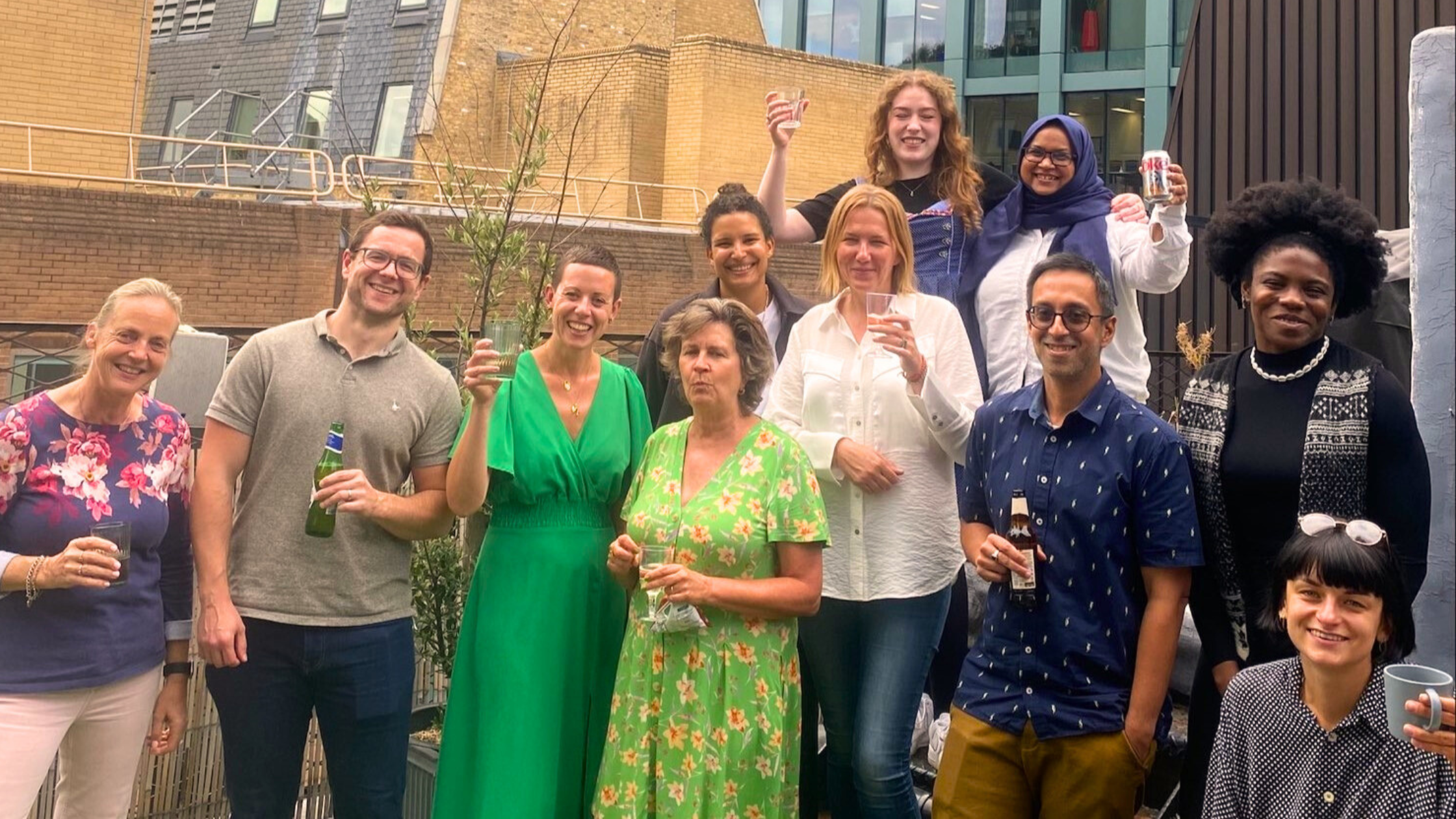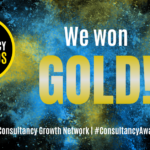In an era marked by the constant quest for innovation, the evolution of the Market Research industry and exploration of AI-driven insights has been nothing short of remarkable. The demand for timely insights to drive market-leading innovations for CPG brands has produced a seismic shift in research methodologies and a world of new possibilities. As brands strive to meet the evolving needs of today’s consumers, many are turning to data-dense DIY research solutions or relying solely on routes with a narrow view such as focus groups, and experts everywhere are raising the question of how AI can revolutionise research’s efficiency. Stepping into this discourse is Catalyx’s newly-promoted Strategy Innovation Director, Mel Nicholls.
Mel has been immersed in the research industry for 16 years. Starting her career in the mixed method world, she discovered a natural aptitude for Qualitative research that she attributes to her knack for connecting with others. Putting her curiosity to use to dive into consumer habits and behaviours, Mel has always been person-focused. She’s worked across all sectors, specialising in commercial research (consumer finance, retail, tech and media, and FMCG), alongside public sector research. She joined Catalyx 2 years ago where she’s back to being focused fully on consumers.
We spoke to Mel to get stuck in.
The industry continues to ramp up. AI-driven insights, more ambitious client expectations, a movement towards quicker and quicker turnaround. How, as you see it, does Catalyx make its mark amid this?
We genuinely do things differently here. In the traditional agencies I’ve worked in, focus groups and surveys were the popular fixes. These routes have their place, but it can be limited. What makes Catalyx impactful is our methods.
I love face to face, but in this there is always a human influence that emerges in a group. People react to each other, fall into roles depending on the dynamic, and a lot of times it’s the luck of the draw. Traditional research is also about claimed behaviours, but getting to the real behaviour is a little more difficult to do. During Covid, there was a massive shift in the industry to online research. This is great for us and we’re embracing it at Catalyx; with our Crowd methodology, people are faceless and therefore more comfortable to share, and they’re not influenced by others. This has resulted in a much more meritocratic system.
“Consumers are more enabled and more inquisitive every day, they’re creating these fascinating and useful responses that only listening to claimed behaviour would completely misdirect you on.”
Still, there’s the matter of data vs insight. What we want, and what the client wants, is to get people not to tell us, but to SHOW us what they do, say, think, feel and want. If you’re innovating to create new products for people, you need to really understand the unmet needs, compensatory behaviours, and what consumers are actually doing with your product or its competitors, including the shortcuts they’re creating… which sometimes they themselves aren’t aware of.
Consumers are more enabled and more inquisitive every day, they’re creating these fascinating and useful responses that only listening to claimed behaviour would completely misdirect you on. For example, a recent study of ours has discovered that for consumers keeping chocolate in their fridges, the client’s presupposition is that it’s a temperature preference. When you actually plunge into the reality of behaviours, however, it’s got nothing to do with that – turns out the rougher texture is what they want more of.
“We’re sometimes unpredictable and that’s what I love.”
That’s what you miss with DIY. I know why clients go for it; yes, we’re online, yes, we’re moving faster than ever, and yes, it’s very cost-effective, but it’s just bare bones. It’s hard to get that strategic view on the results you get and you still need an objective interpreter, data handlers to make sense of it properly, or you’re missing the insight.
Our methodology at Catalyx isn’t just reporting your findings, what we do is actually give you a compelling story that gets you to think differently about your data. I find that truth is always more than the data set, it’s the cultural context, the hidden motives, the insights we’ve learned from hundreds of similar inroads.
Of course, a huge boom in the industry is AI and what it can do for us. It’s easy to get carried away in the excitement but here, in research, it’s all about balance. We love adding it to our analysis to identify key themes, but we’re very firm at Catalyx that AI’s viewpoint is always going to benefit from the human spark to make magic for our clients.
AI is a brilliant tool to cut through data and at Catalyx our moderators are working hand in hand with it to speed us up and keep us sharp. Alone, though, you don’t get the context, you don’t get the human eye that fully interrogates what’s going on. We’re sometimes unpredictable and that’s what I love.
I read something once that made me laugh and has always stuck with me; if you put a pattern of numbers into a computer and ask it to finish the sequence “2, 4, 6, 8…” it will answer “10, 12, 14, 16”. But, if you give those numbers to a human… we’re finishing that sentence with “who do we appreciate?”
A human eye sees the stuff that isn’t said. That’s often the most important part.

Mel Nicholls with Alex Spence and the Catalyx team
What’s the unique spark you bring to Catalyx?
I’m doing what I love – qualitative crowdbased research – but my strength is really about women and telling their stories. Menopause, perimenopause, and women with kids or looking to get pregnant – there are so many things that impact women that are barely spoken about. I find it really interesting, research that has a social edge to it.
I’m thrilled to take on the new title of Strategy Innovation Director (affectionately known as a SID) along with my colleague, Alex Spence. I’m working closely with the team, heading up key accounts, and working more closely with clients to make sure we’re giving them what they need. The more you do, the more you get to understand the nuance of client’s business needs and get to know their motivations as people, which I enjoy. I’ve also done a lot of mentoring in the past, and that’s something I’m loving bringing to the team here. It’s exciting to plug in my expertise for our qualitative training, from our storytelling to communications.
Alex and I are ultimately here to elevate. We’re really looking forward to working with the team to bring up the next generation of SIDs and to keep them learning and growing. There’s also plenty of opportunity to do lots more with our key accounts, the future is very bright. Saying it simply, I’m here to upskill our people and keep bringing them through the ranks, to welcome new partnerships into the fold, and to combine these halves to make magic happen.
(Independent research conducted by Catalyx)







